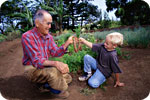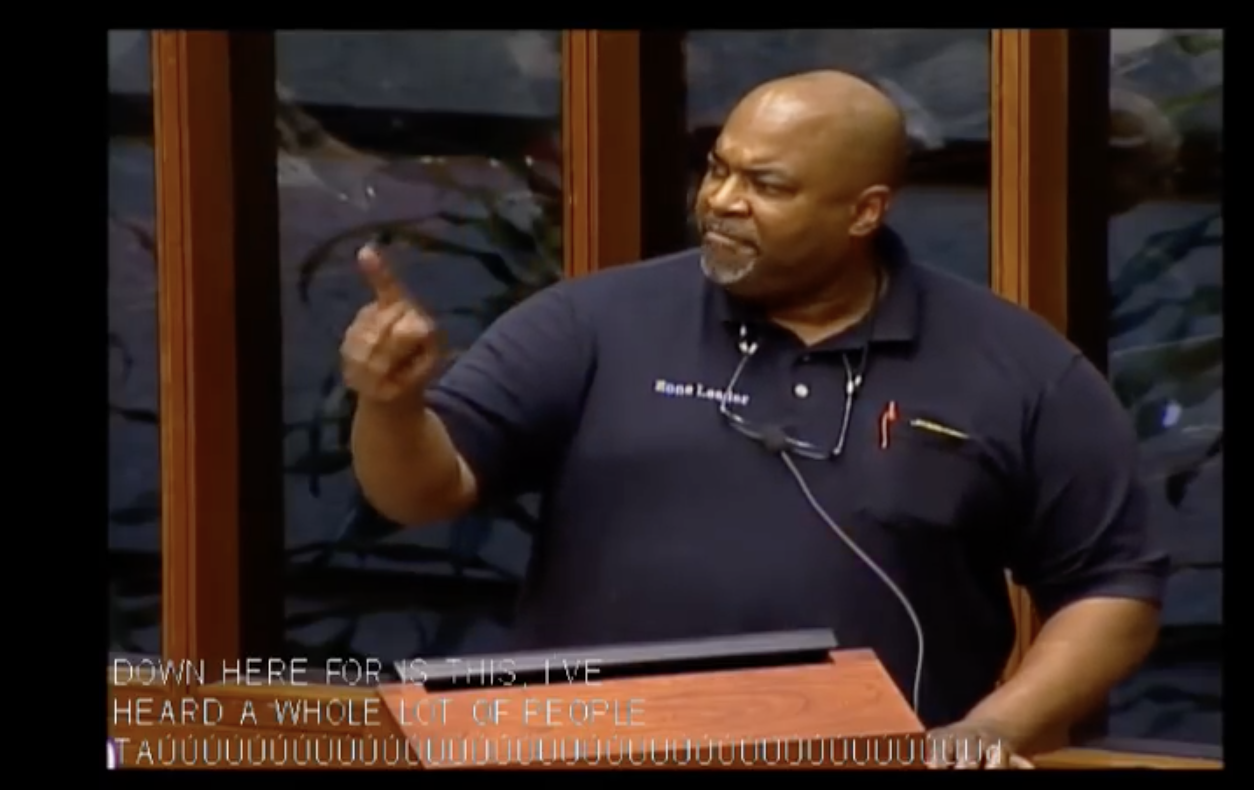Sustainable Agriculture: Growing Produce Locally Has Many Advantages
11/25/2015 / By livingfreenews

America loves its processed fast food. However, the reality is that fast food is not so fast. Produce is routinely shipped such great distances that by the time it arrives at its destination, a good portion of its nutritional value is lost, and through processing, even more. Multinational corporations such as Monsanto are also flooding the market with unsafe Genetically Modified Organisms (GMO), with no labeling restrictions. It is time for consumers to demand to know what it is they are eating, and to fight the degradation of their food supply through localization of food sources.
The only way to ensure the quality of the food one buys is to know where it comes from and where it has been. Laurie Bostic and Kim Martin of the Barking Cat Farm in Texas left everything they knew to become local farmers. They say:
“The state of our industrialized food system is alarming. The fast-food industry has significantly changed not only our culture but also how we as a nation treat the environment and the creatures we get our food from –- and not for the better.
“Consumers are getting wise to this and changing the way they shop for food. Yet even if you buy non-processed conventional and organic foods in grocery stores, you may not realize that most of it travels an average of 1,500 miles before it gets to the shelf. That represents a tremendous amount of wasted energy and results in a food product that is neither as healthy nor as nutritious as what we can pick from the ground and feed to somebody within hours of harvest.” (2008)
Transitioning from dependency on multinational agribusiness to localized food sources is not as hard as it sounds. Individuals with land can plant their own gardens, and help others in the community to get involved by sharing some of their land, or mentoring a budding farmer. People who do not have land can lease a section of land from someone who has more than he/she needs. Local farming can become a successful business using the same method that Laurie Bostic and Kim Martin did, the community-supported agriculture, or CSA model. This is a “system in which subscribers pay upfront for the growing season. Each week everybody gets a box with the same contents, representing a sampling of whatever crops are coming in at the time” (Bostic, L., Martin, K., 2008).
Not only does this type of venture ensure that consumers are getting the freshest produce possible, but they can go to the farm, see it in the gardens, and find out how it is being grown. They can also give input on the produce they would like to purchase before it is planted.
Localization of food sources and the CSA model of farming is sustainable, environmentally friendly, healthy for the people involved in both the producing and consuming ends, and just possibly, the wave of the future in sustainable agriculture.
Copyright 2008, Barbara H. Peterson
References:
Bostic, L., Martin, K. (2008). Laurie Bostic and Kim Martin: We left it all to be farmers. Dallas News. Retrieved from: (http://www.dallasnews.com/sharedcontent/dws/…) .
Tagged Under:




















